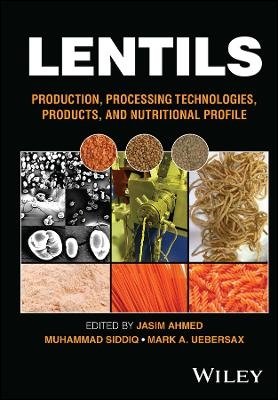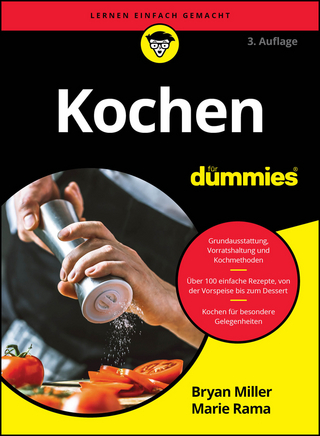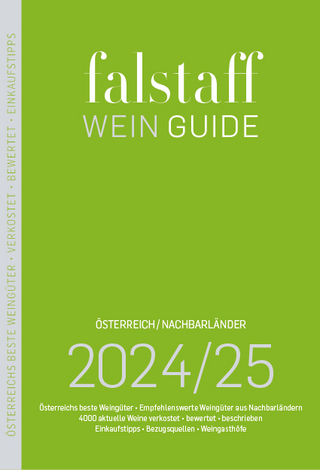
Lentils
John Wiley & Sons Inc (Verlag)
978-1-119-86689-3 (ISBN)
Lentils are one of the oldest and most widely cultivated crop species in the world and a leading global source of protein, carbohydrates, and dietary fiber, as well as numerous micro-nutrients. In recent years, they have emerged as a leading candidate to form the basis of non-meat protein substitutes, a skyrocketing industry with immense climate and public health implications. There has never been a more urgent need to understand the cultivation and use of these flexible, resource-rich crops.
Lentils provides a comprehensive overview of every stage in the lentil production chain, from cultivation to processing to sale to consumption. It focuses particularly on pre- and post-harvest processing, alerting readers to the possibilities of lentils in a newly health and environmentally conscious global food marketplace. The result is a thorough, highly accessible, and navigable introduction to a vital subject.
The reader can also find:
Detailed coverage of lentils including global production/trade, breeding practices, value-addition, nutrition, consumption trends, and quality assessment
Innovative three-part structure to facilitate reader navigation
Dedicated chapters on lentil-based meat analogs, engineering properties, and innovative processing technologies
The book can be used as a useful reference for academics and researchers who are working in the fields of food science, food technology, food process engineering, and applied nutrition, as well as for food industry professionals and government regulators with an interest in food production, food security, and the global food market dynamics.
Jasim Ahmed is a Research Scientist at the Kuwait Institute for Scientific Research, Safat, Kuwait. Muhammad Siddiq is a Food Science Consultant in Windsor, Ontario, Canada. Mark A. Uebersax is an Emeritus Professor in the Department of Food Science and Human Nutrition, Michigan State University, Michigan, USA.
Part I: Overview, breeding practices, postharvest handling and storage
1. An overview of lentil production, trade, processing and nutrient profile
2. Recent advances in lentil genetics, genomics, and molecular breeding
3. Preharvest quality management, postharvest handling and consumption trends of lentils
Part II: Processing, physical and functional properties, food and non-food applications
4. Value-added processing of lentils and emerging research trends
5. Milling and fractionation processing of lentils
6. Functional properties of lentils and its ingredients in natural or processed form
7. Rheological properties of lentil protein and starch
8. Pasting, thermal, and structural properties of lentils
9. Lentil protein: a sustainable and green alternative to animal meat protein
10. Utilization of lentils in different food products
11. Non-food applications of lentils and their processing byproducts
12. Innovative processing technologies for lentil flour, protein and starch
Part III: Nutrition, antinutrients, sensory properties, and global consumption trends
13. Nutritional profile, bioactive compounds and health benefits of lentils
14. Antinutritional factors in lentils: Their effect on bioavailability of nutrients and significance in human health
15. Sensory properties of cooked lentils and lentil-based products
16. Global consumption and culinary trends in lentils utilization
| Erscheinungsdatum | 02.09.2023 |
|---|---|
| Verlagsort | New York |
| Sprache | englisch |
| Maße | 177 x 254 mm |
| Gewicht | 1048 g |
| Themenwelt | Sachbuch/Ratgeber ► Essen / Trinken |
| Technik ► Lebensmitteltechnologie | |
| Weitere Fachgebiete ► Land- / Forstwirtschaft / Fischerei | |
| ISBN-10 | 1-119-86689-8 / 1119866898 |
| ISBN-13 | 978-1-119-86689-3 / 9781119866893 |
| Zustand | Neuware |
| Informationen gemäß Produktsicherheitsverordnung (GPSR) | |
| Haben Sie eine Frage zum Produkt? |
aus dem Bereich


